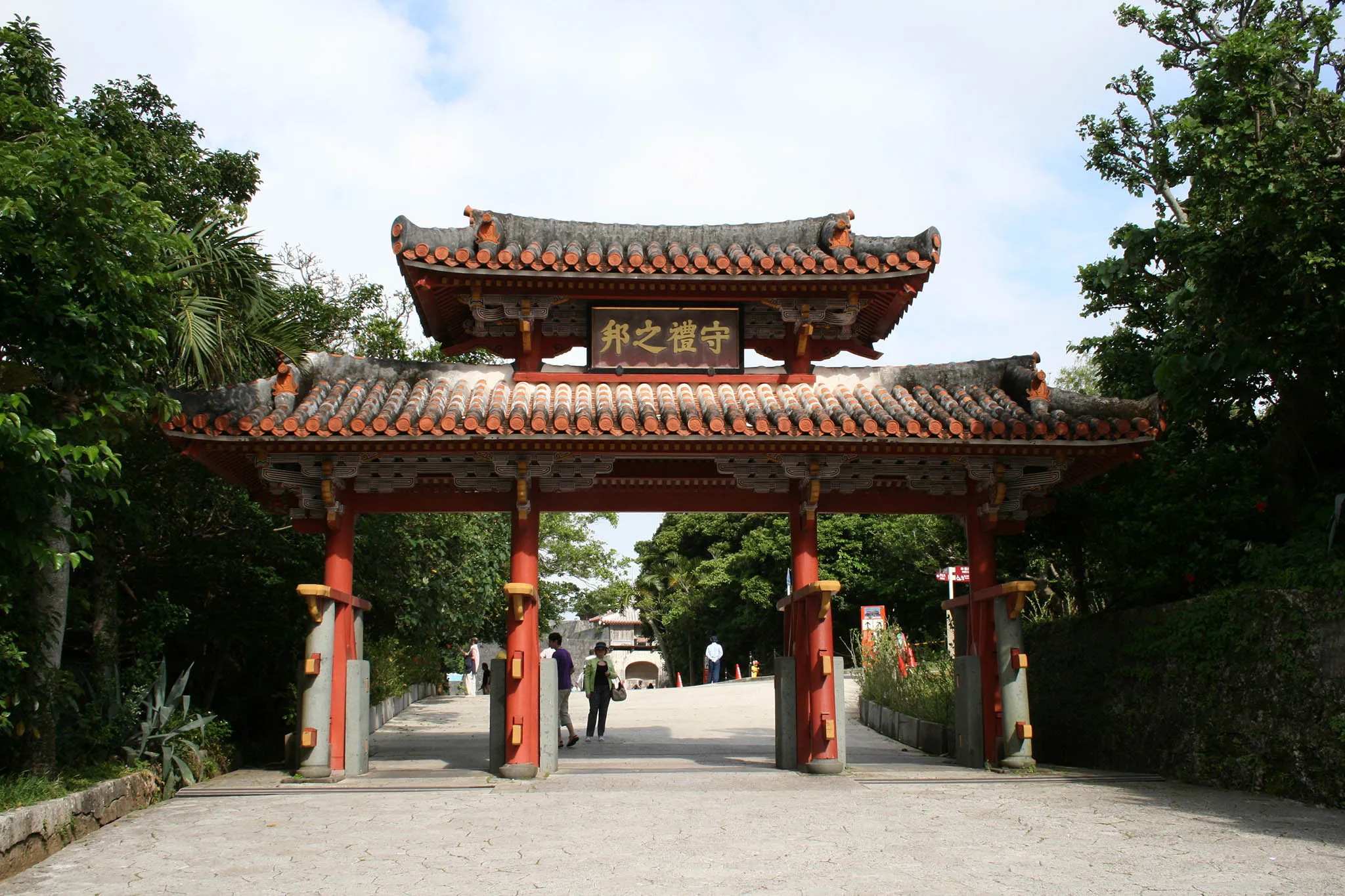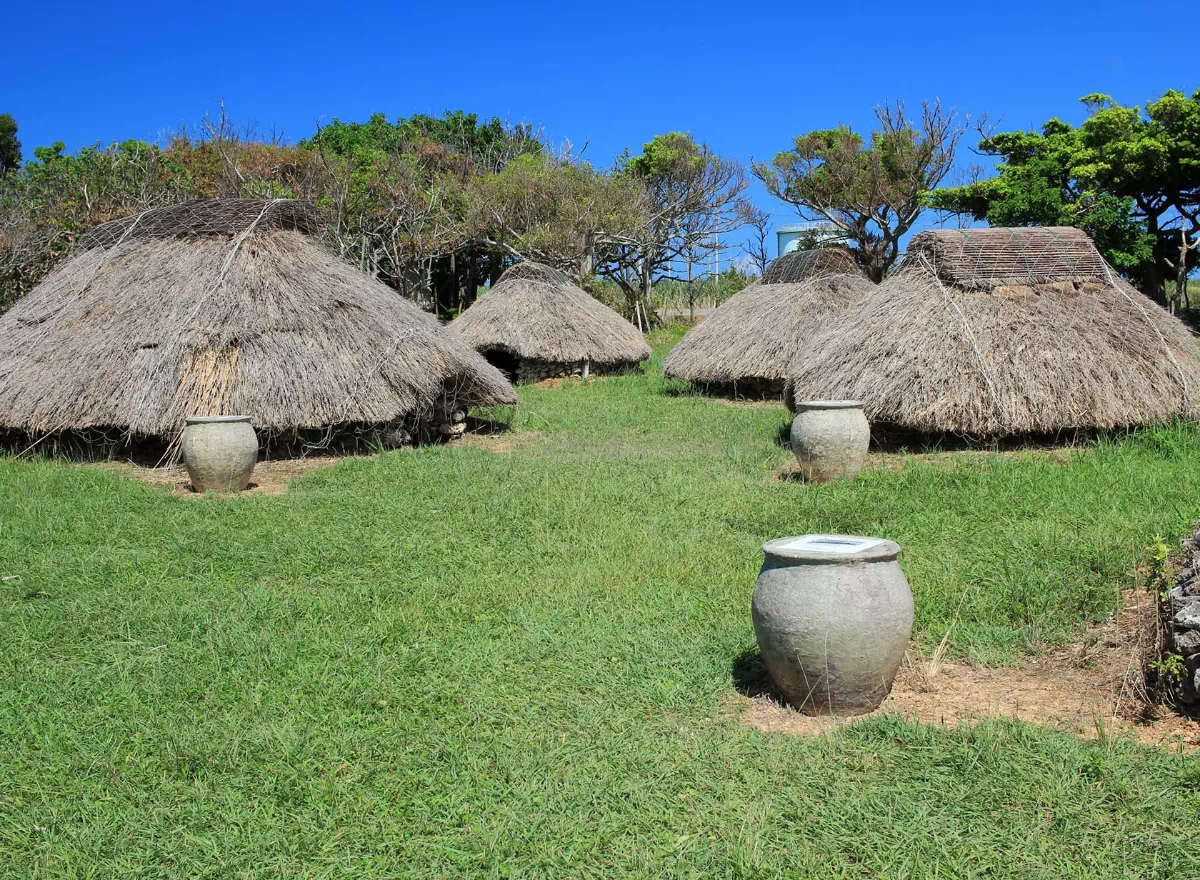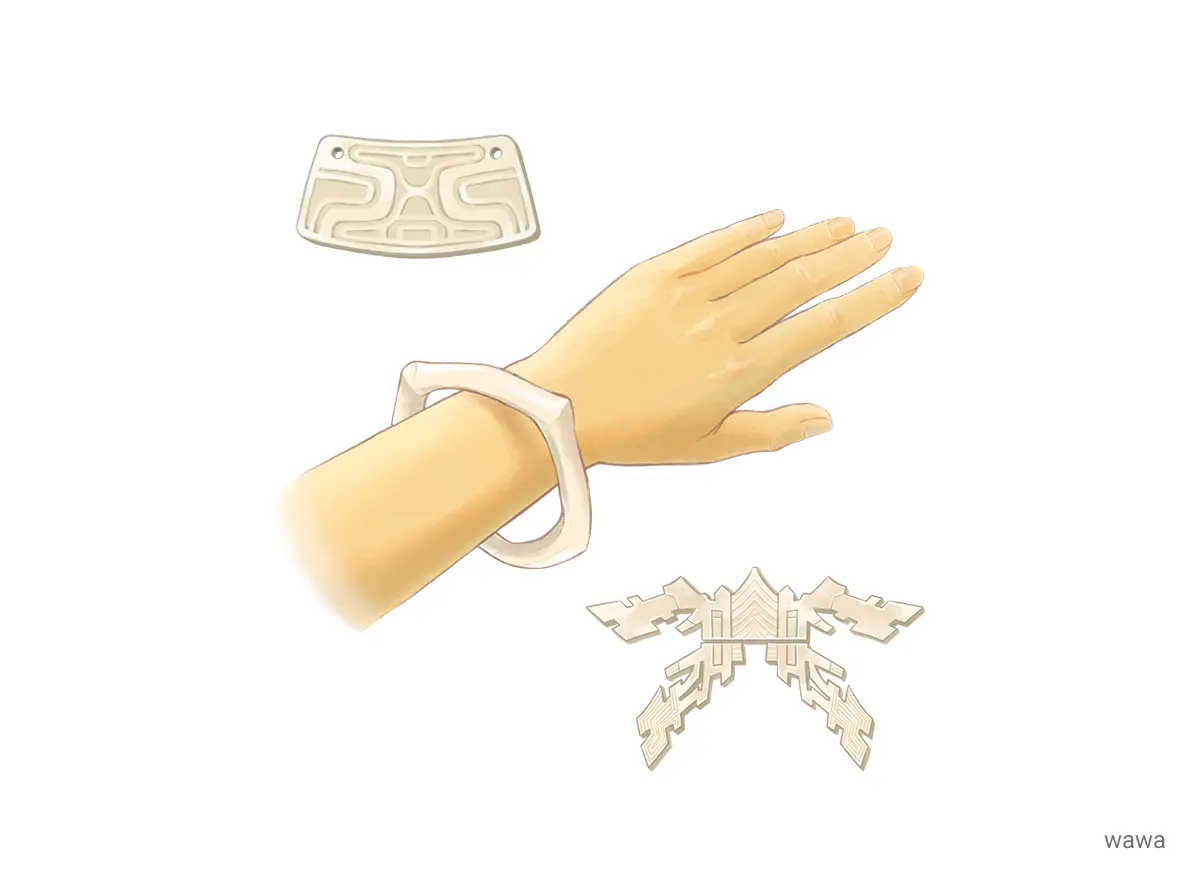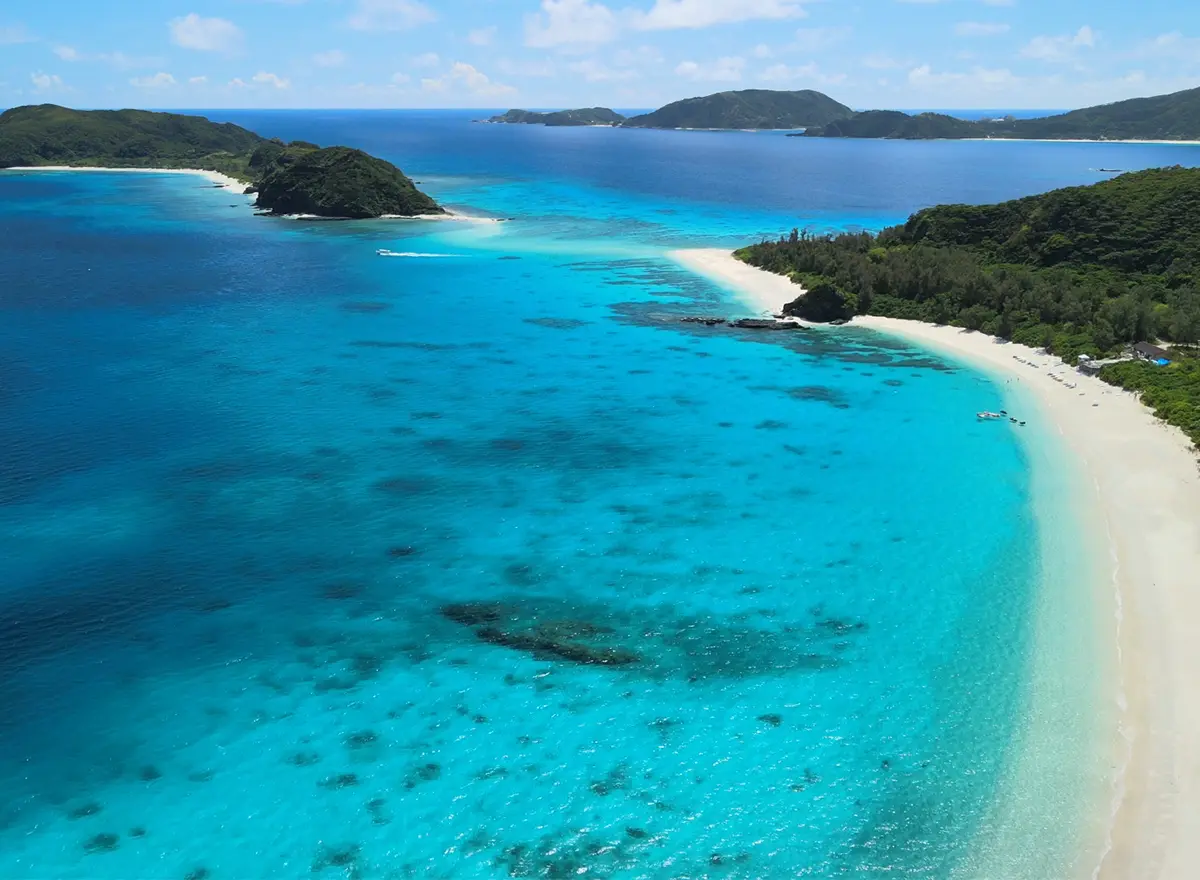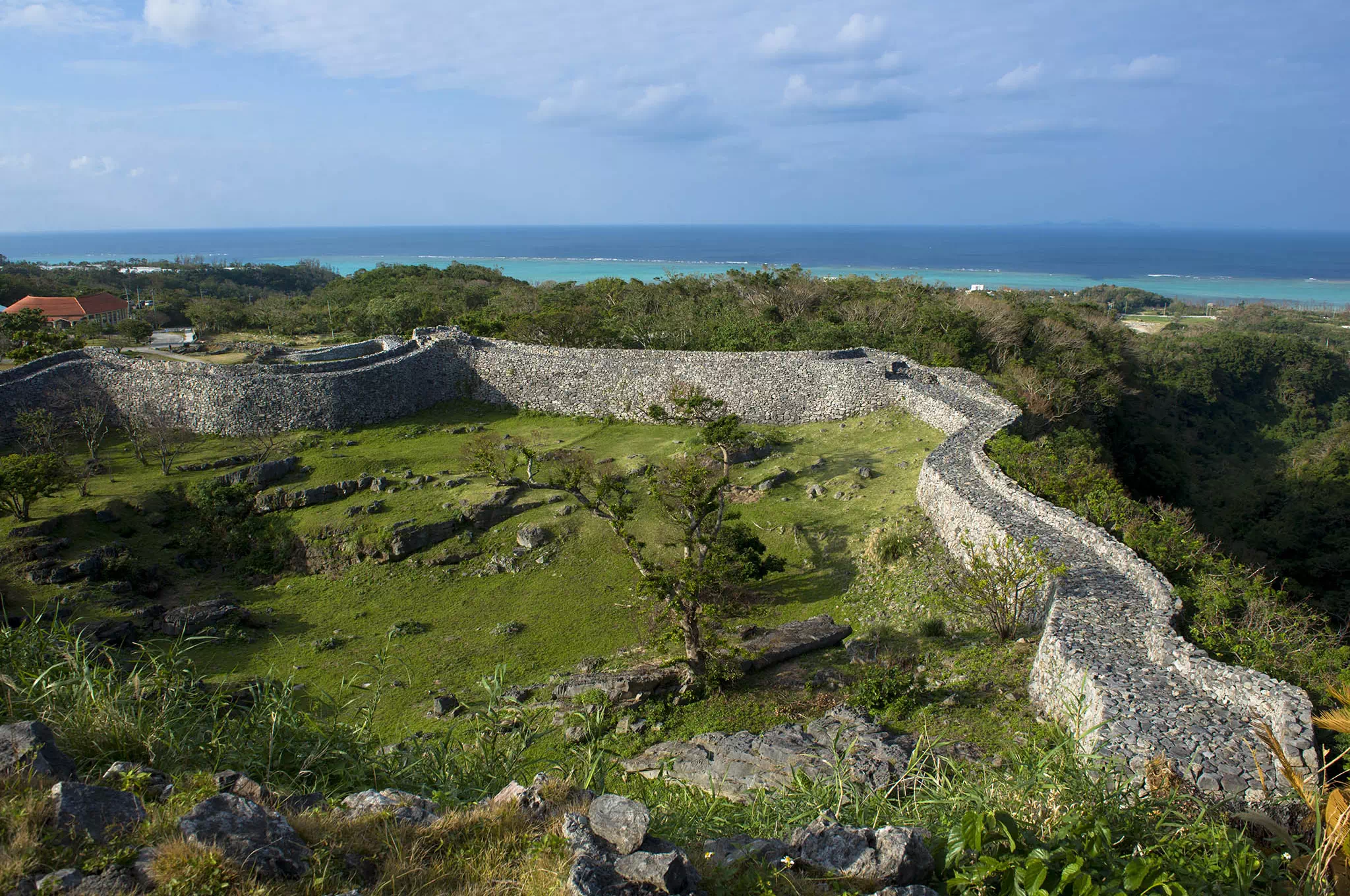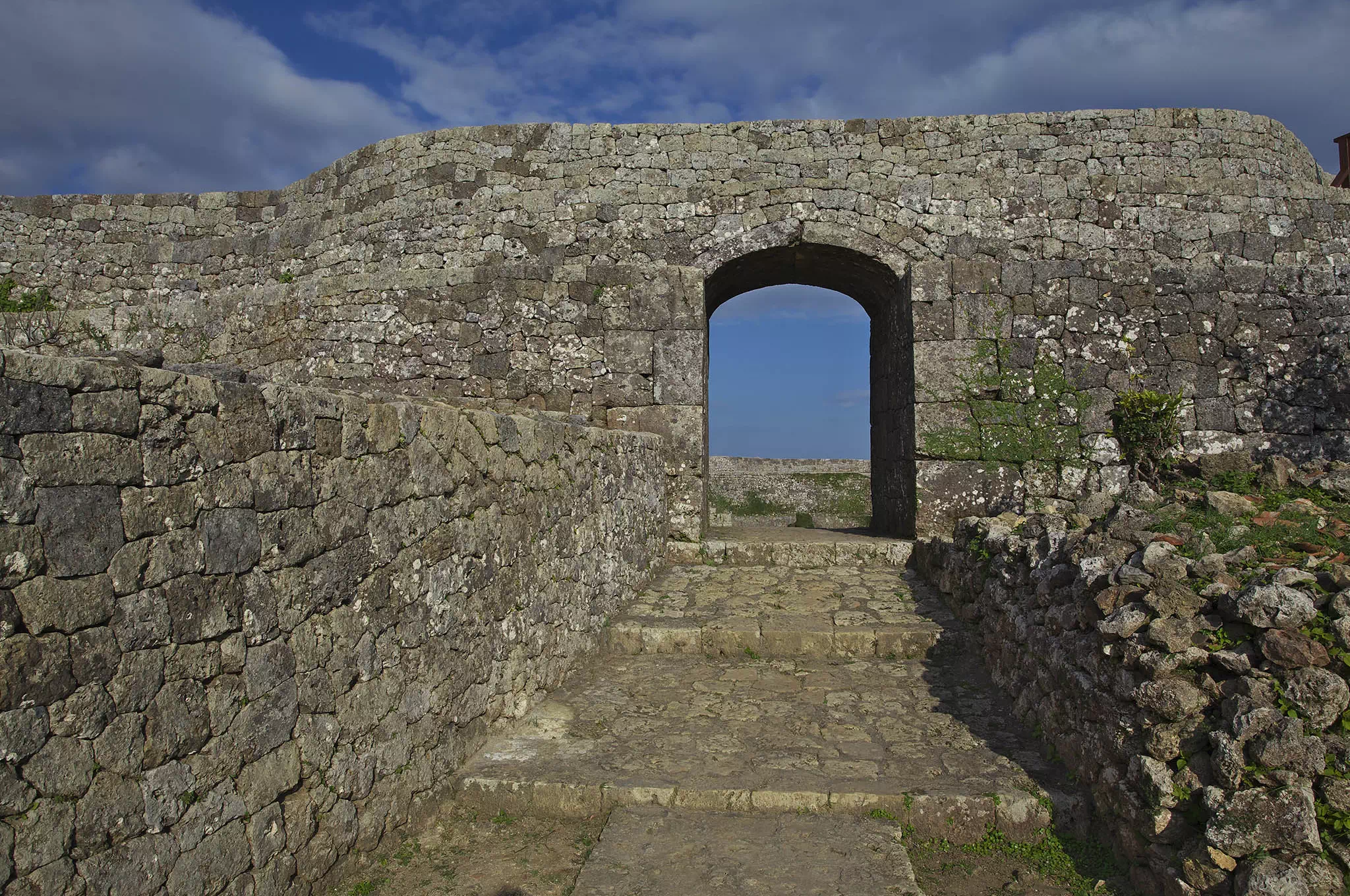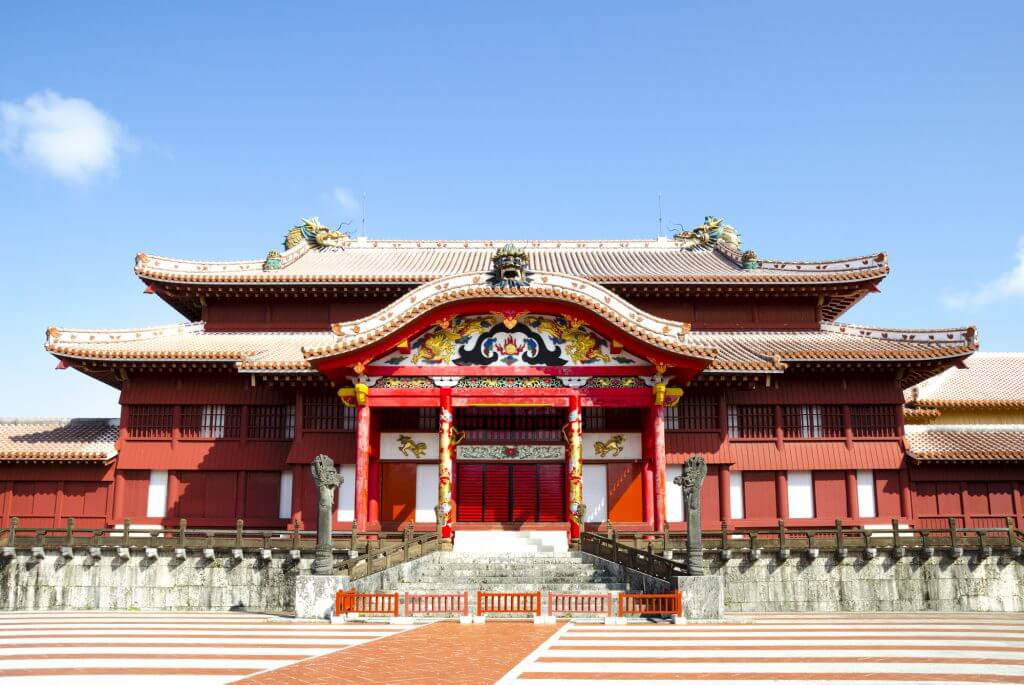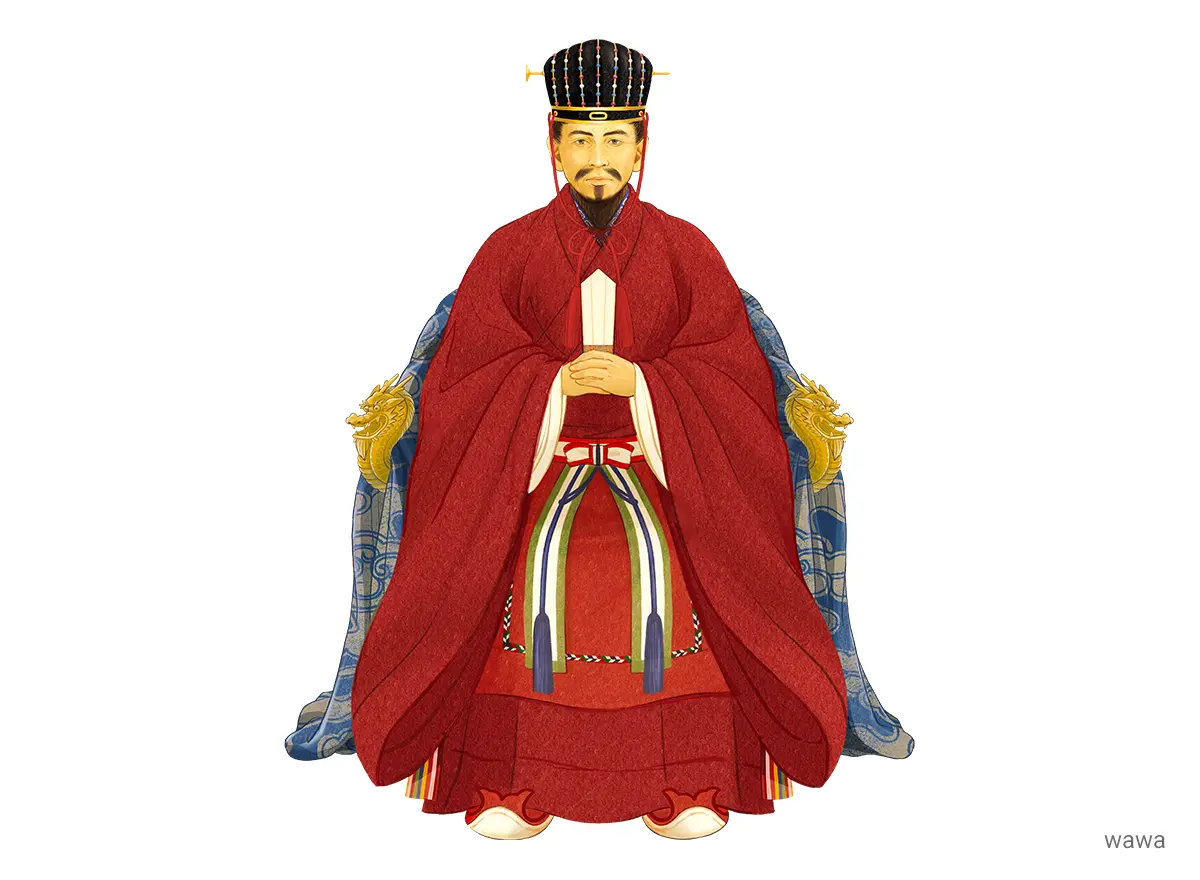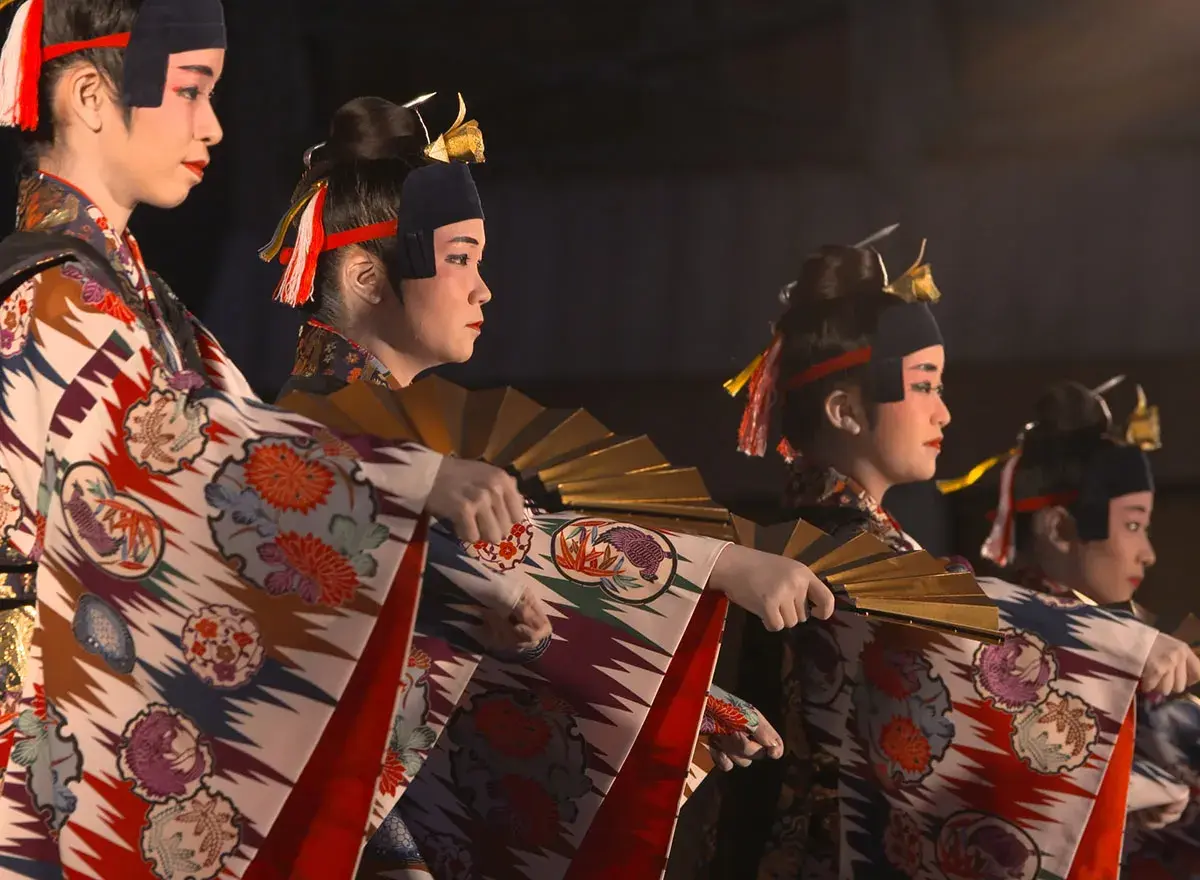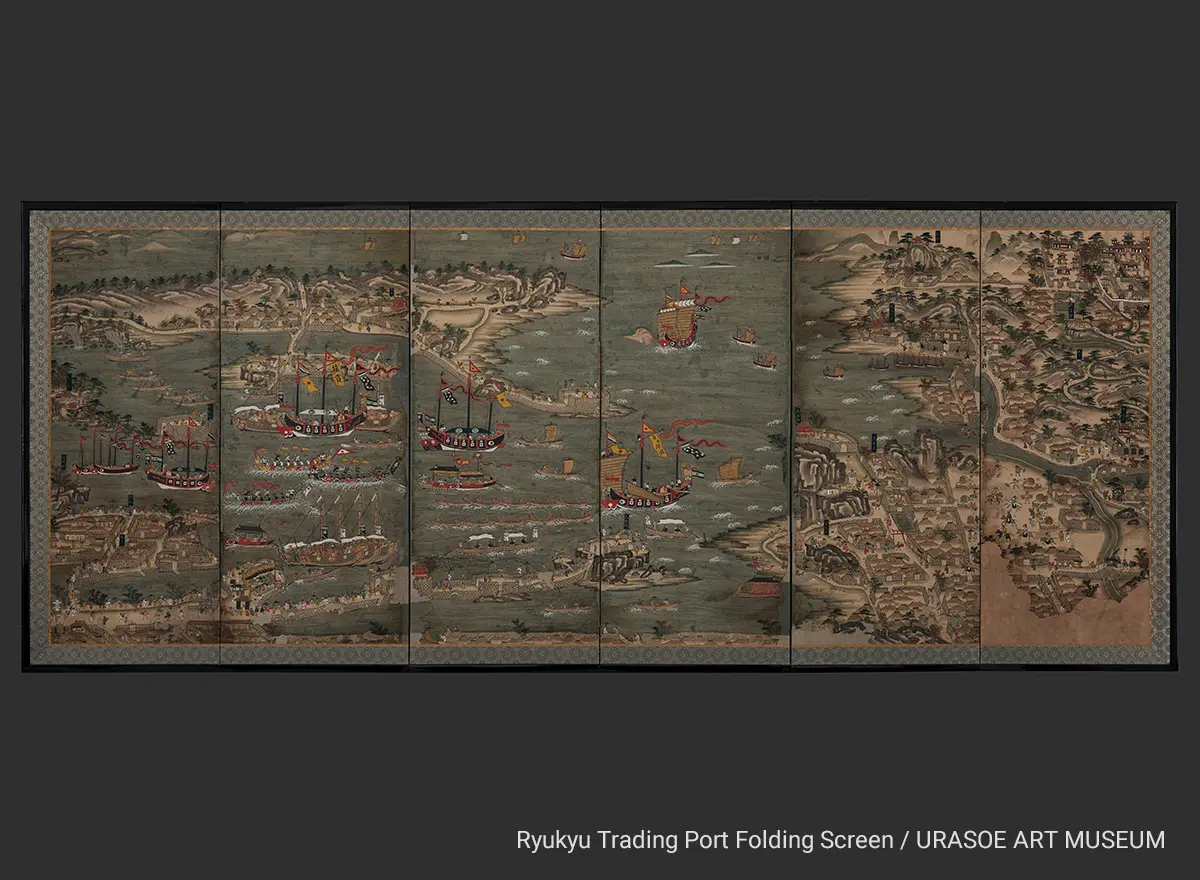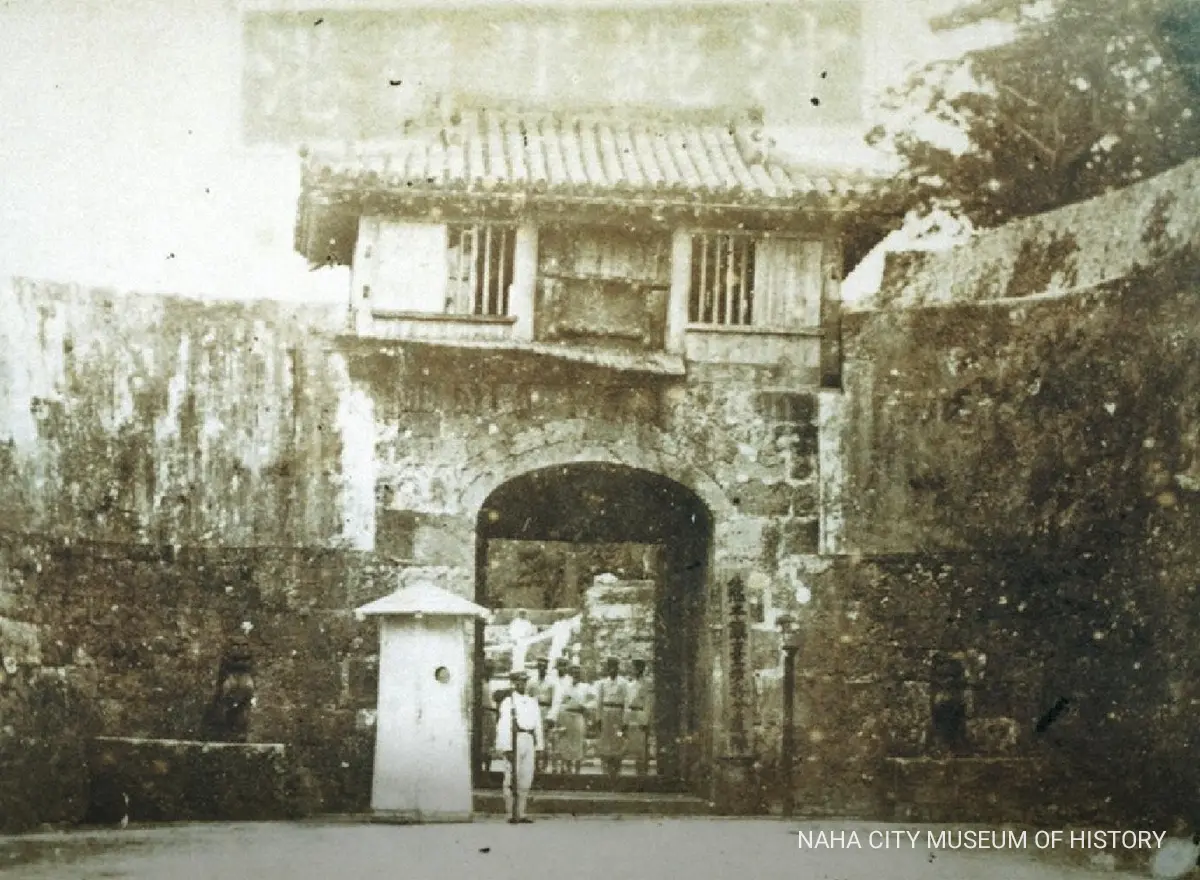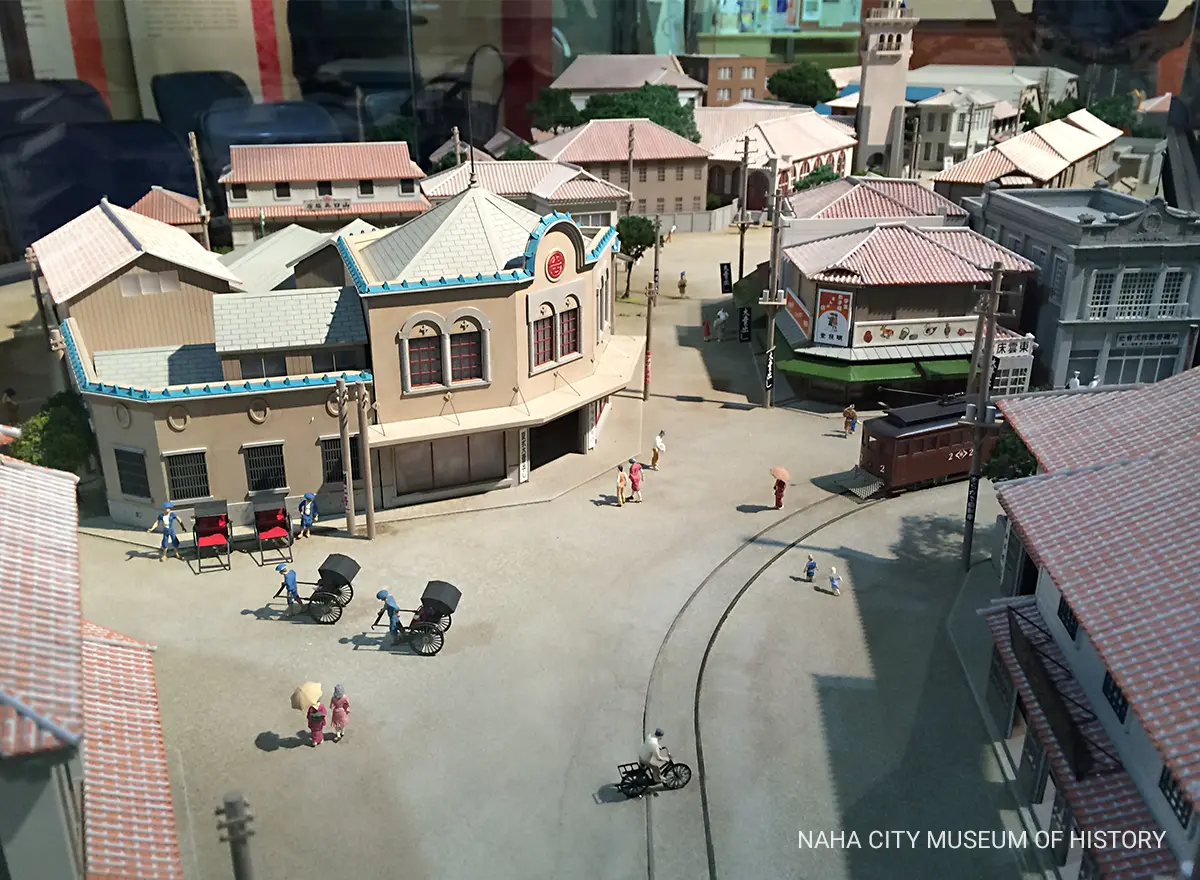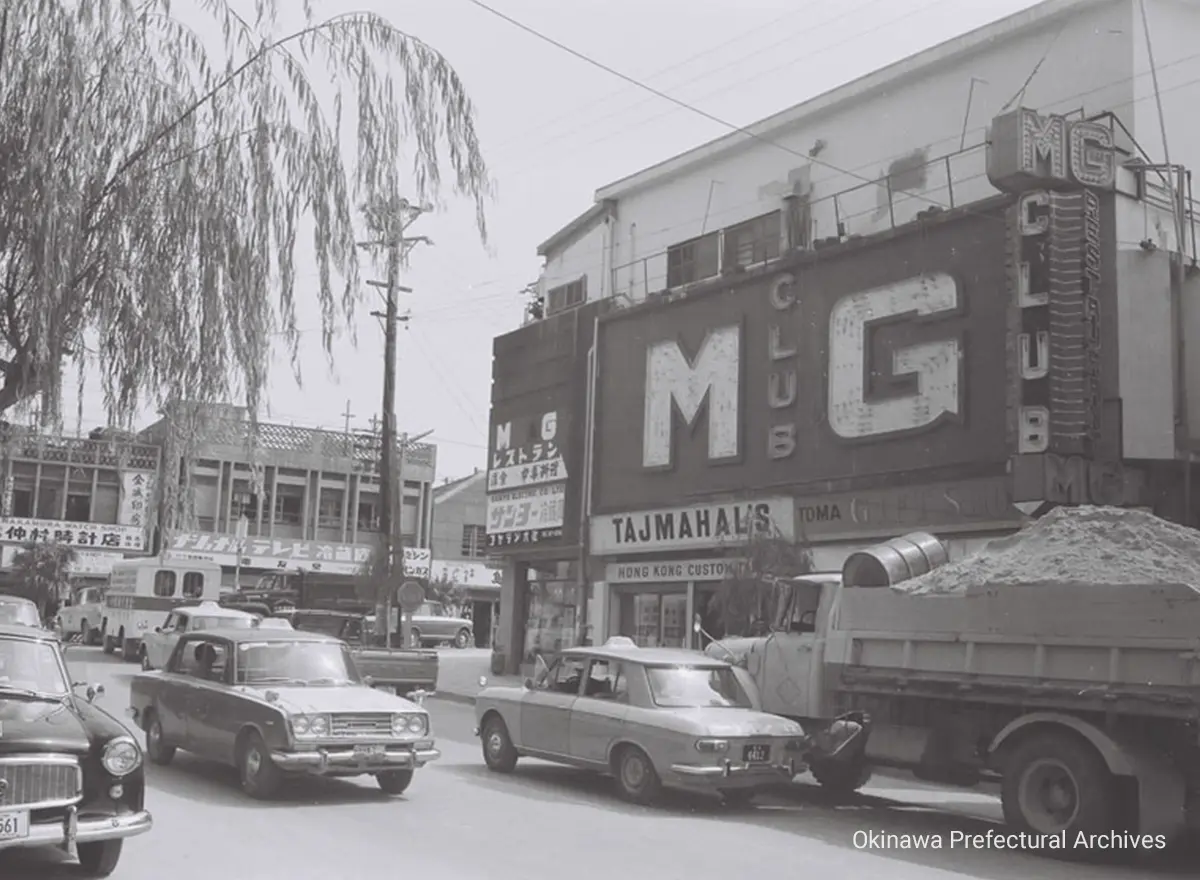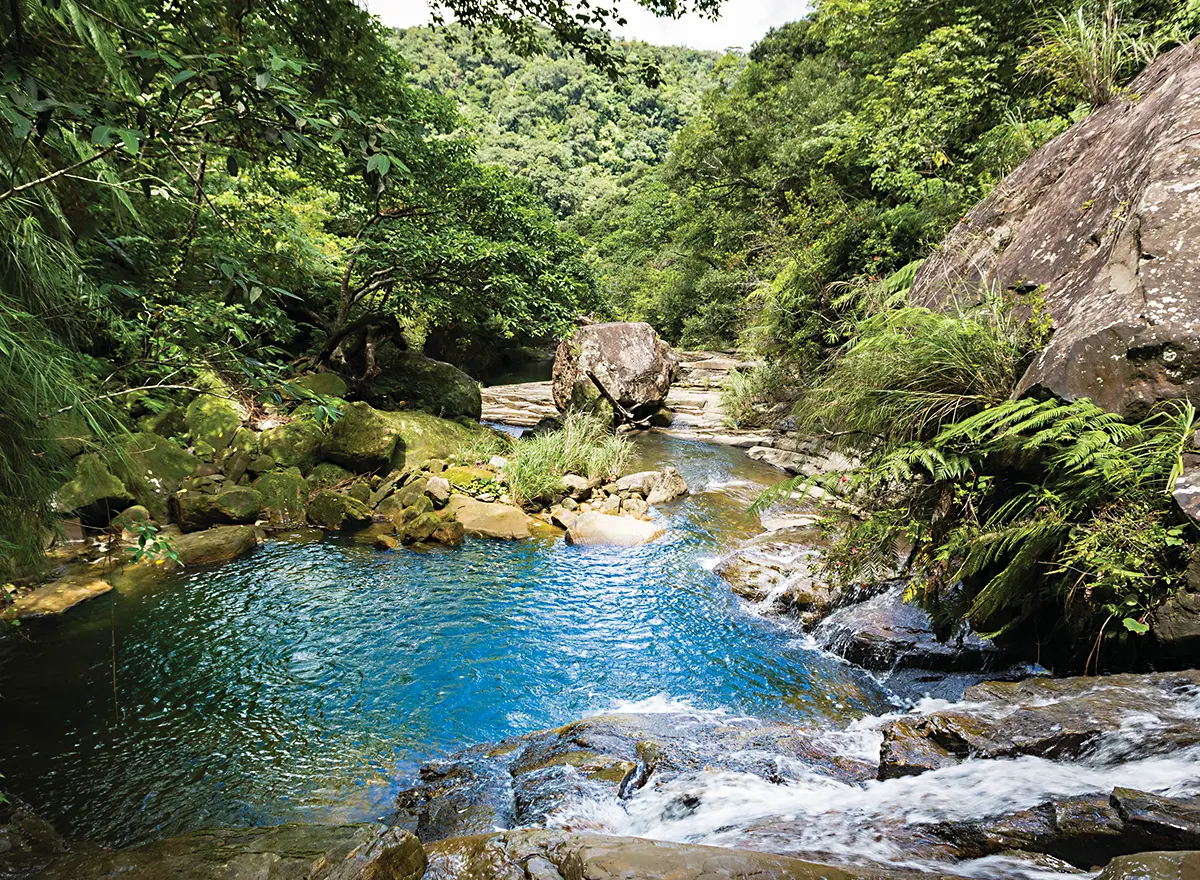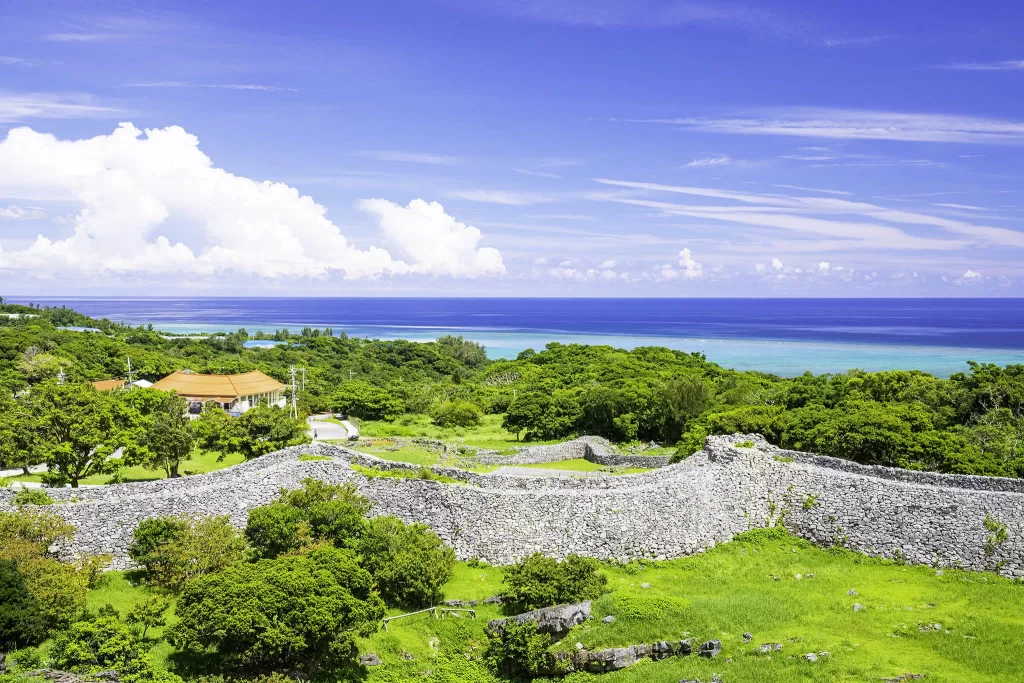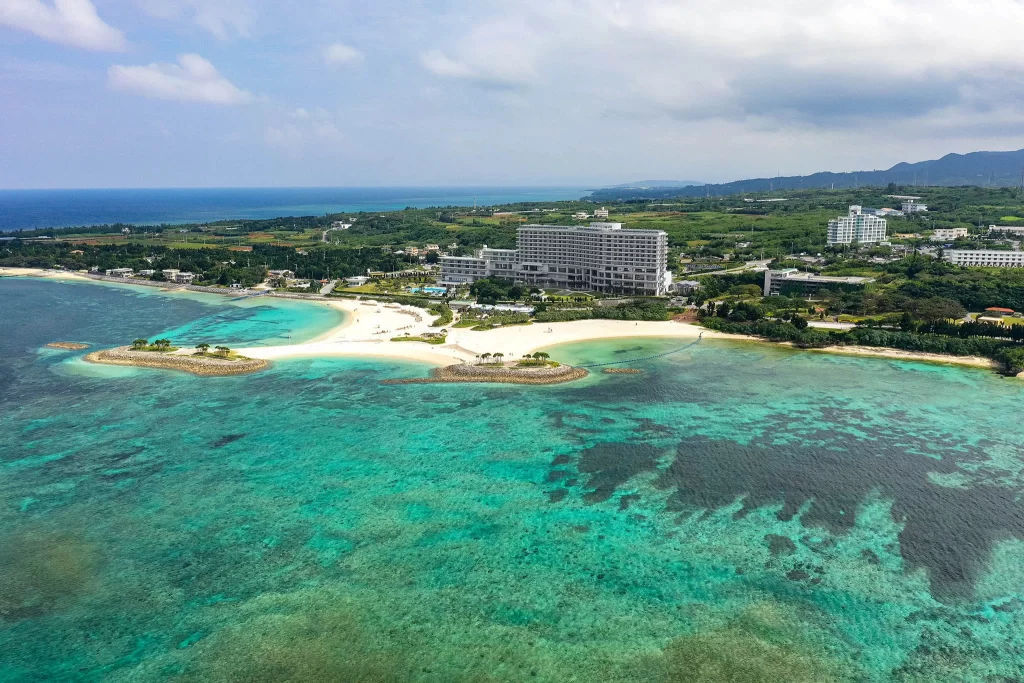Okinawa’s unique culture is deeply rooted in its long and turbulent history
Okinawa, located at Japan's southernmost tip, has a history that stretches back thousands of years, from prehistoric times to the present day. In the 14th century, the Ryukyu Kingdom was founded (1429–1879), thriving through trade with China, Korea, and Southeast Asia due to its strategic location. The kingdom flourished for around 450 years before being annexed by Japan during the Meiji era (1868–1912), marking the beginning of Okinawa’s integration into Japan as a prefecture. Following World War II, Okinawa was under U.S. administration before being returned to Japan in 1972. These shifts in history have all contributed to the unique and rich culture that defines Okinawa today.
Prehistoric period
The history of the Ryukyu Islands dates back to ancient times, with archaeological evidence suggesting human activity as far back as 32,000 years ago. The oldest site currently discovered is the Yamashita-cho 1 Cave in Naha City, which dates to the Paleolithic era. Around 7,000 years ago, more distinct signs of human settlement began to emerge. Inhabitants of the Ryukyu Islands around that time relied on the subtropical coral reef environment, primarily living through fishing and gathering, which gradually gave rise to a unique prehistoric culture.
The Ryukyu Islands can be broadly divided into two cultural regions: Northern Ryukyu, including the main island of Okinawa and islands further north, had cultural exchanges with Japan's Kyushu region. Archaeological evidence shows that shells, used to create shell bracelets, were traded from the Ryukyu Islands to mainland Japan, forming a trade route known as the "Shell Road." This suggests a flow of cultural exchange between the Ryukyu Islands and mainland Japan. At archaeological sites on Okinawa, researchers have also found butterfly-shaped artifacts made from dugong shoulder blades, which may have been items that symbolized status.
In contrast, Southern Ryukyu, including the islands south of Miyako Island, was influenced by Southeast Asia, Taiwan, and other southern cultural spheres during prehistoric times. Due to geographical barriers, these regions had minimal contact with Northern Ryukyu. The vast sea separating Okinawa's main island and Miyako Island—about 300 kilometers—made travel between the two areas difficult, leading to the independent development of their respective cultures. Cultural exchanges between Southern Ryukyu, Southeast Asia, and Taiwan continued until around the 12th century.
Gusuku and Sanzan period
The Amami Islands, located north of Okinawa, have historically been a crucial link between Okinawa and mainland Japan. Due to this strategic position, agricultural development first began in the Amami Islands and gradually spread southward to Okinawa, where it developed around the 12th century, leading to the rise of rural settlements. During this period, local leaders known as aji emerged, constructing stone fortresses called gusuku and competing for power with rival factions. This phase of history is commonly referred to as the Gusuku Period.
By the 14th century, the main Island had become divided into three main powers: the Hokuzan (northern mountain) forces, centered in present-day Kunigami District; the Chuzan (central mountain) forces, centered in Nakagami District; and the Nanzan (southern mountain) forces, centered in Shimajiri District. Each faction established its own king, marking the beginning of the Sanzan (three mountains) Period.
Ryukyu Kingdom and the Great Trading Era
In 1372, the Ming Dynasty of China established a tributary relationship with Chuzan. Shortly after, both Hokuzan and Nanzan also began paying tribute to the Ming Dynasty, leading to a significant increase in trade activities. In 1429, Sho Hashi of Chuzan unified the three kingdoms, officially founding the Ryukyu Kingdom, and established Shuri as its capital, which became the Okinawa's political and cultural center.
From the 14th to the 16th centuries, the Ryukyu Kingdom engaged in trade with the Ming Dynasty, mainland Japan, Korea, and even Southeast Asia. Through intermediary trade—reselling goods from across Asia—the kingdom developed into a key trading power in the region. Through these trade activities, the Ryukyu Kingdom accumulated immense wealth, attracting merchants from across Asia. Naha Port became a vital hub for international trade.
In 1458, the Ryukyu Kingdom cast the Bankoku Shinryo no Kane (The Bridge of Nations Bell), a bell standing 154.9 cm tall and weighing 721 kilograms. The term Bankoku Shinryo symbolizes the trade and cultural exchanges between the Ryukyu Kingdom and other nations, representing a bridge connecting "ten thousand nations."
Early modern Ryukyu
In 1609, the Satsuma Shimazu clan's army invaded and conquered the Ryukyu Kingdom, bringing it under the control of mainland Japan and the Tokugawa Shogunate. This conquest further incorporated the Ryukyu Kingdom into the Tokugawa Shogunate's feudal system through the Satsuma Domain. Meanwhile, the Ryukyu Kingdom continued its tributary relationship with China's Ming Dynasty, while also being loyal to the Tokugawa Shogunate, thus placing itself under the dual-subordination system.
In the late 17th century, the Ryukyu Kingdom underwent political reforms, including the reorganization of the social classes, political structures, and financial rebuilding, transitioning into a more modern system. From the 17th to the 19th centuries, culture, music, performing arts, and crafts gradually flourished, laying the foundation for the distinct culture that continues to thrive in Okinawa today. After the Ming Dynasty fell in 1644 and was replaced by the Qing Dynasty, the Ryukyu Kingdom continued its trade relations with the Qing, which also sent imperial envoys to Ryukyu, maintaining harmonious relations between the two.
The Ryukyu Kingdom produced goods such as brown sugar and turmeric, which were sold in the Japanese market in exchange for silver and kelp. At the same time, it imported raw silk, silk fabrics, and traditional Chinese medicinal materials from the Qing Dynasty, which were then exported to mainland Japan through the Satsuma Domain. Before the 18th century, the Ryukyu Kingdom had successfully connected the Japanese and Chinese markets, establishing an important trade route.
Establishment of Okinawa Prefecture
In the late 18th century, the Tokugawa Shogunate in mainland Japan came to an end, paving the way for a new political system as Japan entered the Meiji era (1868–1912). During this time, the Ryukyu Kingdom, which had simultaneously paid tribute to China while under the control of the Satsuma Domain, held an ambiguous national status for an extended period. As modernized Japan gradually tightened its control, the Ryukyu Kingdom was increasingly brought under Japanese influence.
In 1879, the Meiji government officially established Okinawa Prefecture, fully incorporating the Ryukyu Kingdom into Japanese territory. The modernization policies of the Meiji government had a profound effect on Okinawa's political and social structure, but they also provoked strong resistance from local leaders and residents who sought to preserve Okinawa’s independence.
Okinawa also faced economic difficulties, lagging behind in development compared to mainland Japan as it came to rely heavily on sugar production. This dependence created a monoculture economy that left the region structurally vulnerable. These economic conditions, along with other hardships, contributed to a significant wave of overseas emigration during this period, as many Okinawans sought better opportunities abroad—eventually forming communities across the globe now known as Okinawan diasporas.
World War II
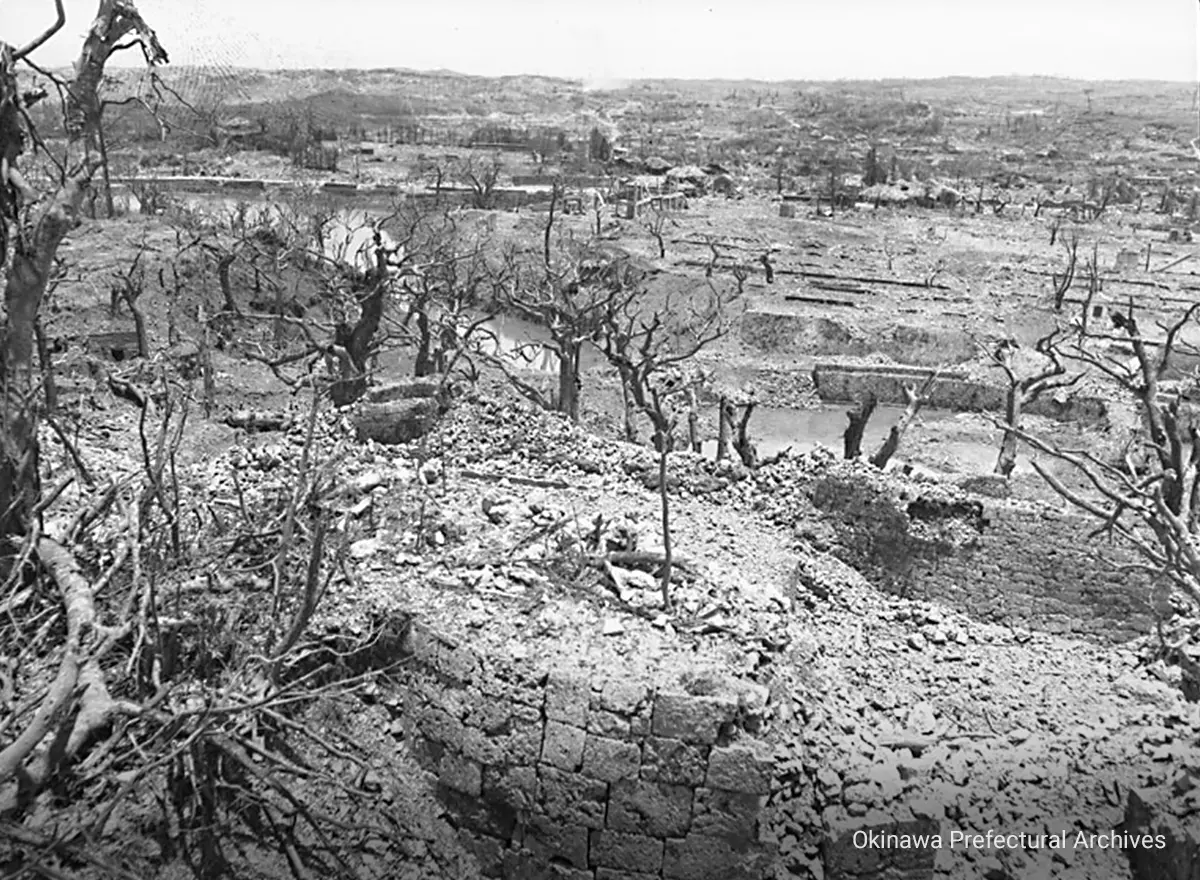
Okinawa's geographically strategic location played a crucial role during World War II, and in 1945, the Battle of Okinawa broke out. This fierce land battle saw violent clashes between Japanese and American forces, resulting in around 200,000 casualties. The battle caused extensive damage to Okinawa’s culture and infrastructure, with much of the Ryukyu Kingdom’s heritage, including Shurijo Castle, nearly destroyed. The devastation had a lasting impact on Okinawa, both physically and socially, as the island worked to recover from the widespread destruction and loss.
Post-war Okinawa
After 1945, Okinawa was placed under U.S. military rule, and the construction of military bases began. During this period, Okinawa's food culture and lifestyle were deeply influenced by the United States. In 1972, Okinawa was returned to Japan, marking the beginning of a new chapter as part of the Japan's history once again. In 2000, Gusuku Sites and Related Properties of the Kingdom of Ryukyu were added to the UNESCO World Cultural Heritage List, gradually bringing Okinawan culture to the global stage.
In 2019, Shurijo Castle, a symbol of Okinawa, was destroyed by fire, an event that shocked both the local community and the world. In 2022, reconstruction of the main hall of Shurijo Castle officially began. In addition to its cultural heritage, in 2021, the northern part of Okinawa Island and Iriomote Island were designated as World Natural Heritage Sites due to their exceptional biodiversity.
Okinawa not only boasts a rich culture and breathtaking natural landscapes but also the warmth and hospitality of its people, which remain among its most cherished features.

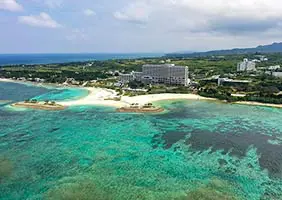
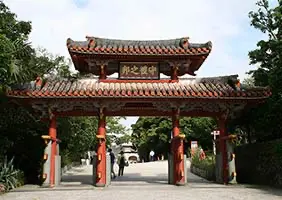
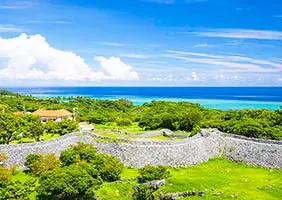
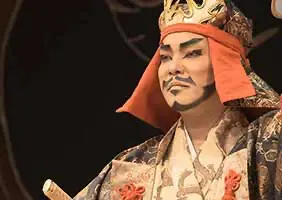
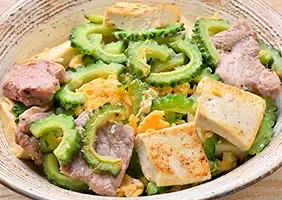



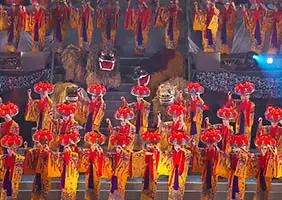
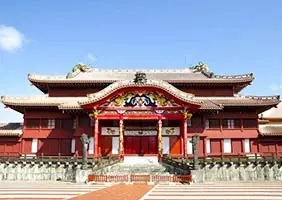
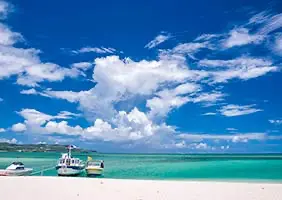
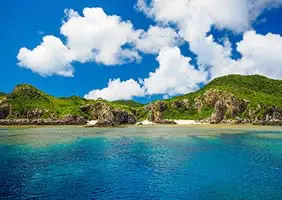
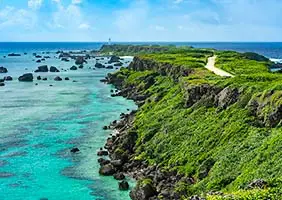
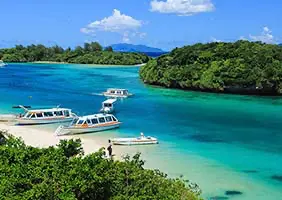

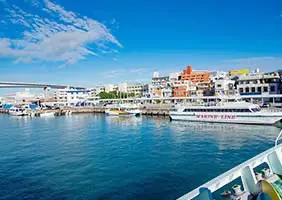




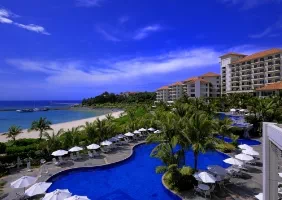
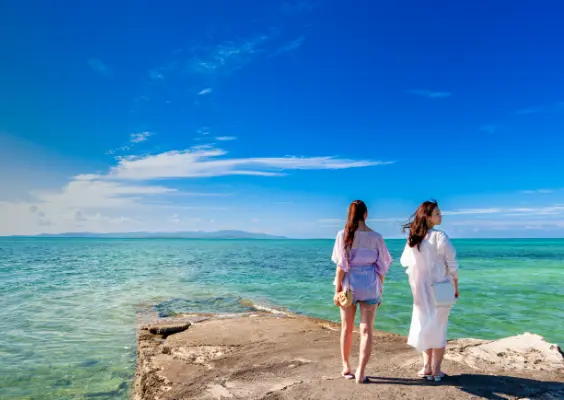
 Facebook
Facebook Twitter
Twitter Copy URL
Copy URL


